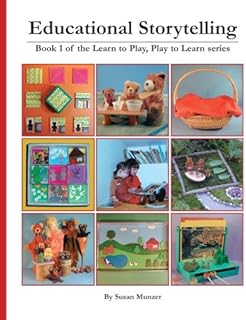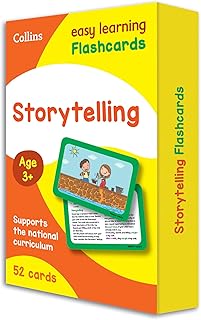In a bid to revolutionize classroom learning, the latest Std I textbooks in Maharashtra state board schools have adopted an innovative approach. These textbooks are designed to enhance 68 essential skills through engaging activities like storytelling, games, puzzles, and songs. The focus is on nurturing children’s emotional intelligence and catering to their preferences to create a more dynamic learning environment.
Aligned with the guidelines of the National Education Policy 2020 and drawing inspiration from the CBSE pattern, the curriculum comprises three core subjects – Marathi, mathematics, and English. The shift is towards comprehension over rote learning, with concepts being imparted in a manner that resonates with students, utilizing local contexts and the mother tongue to facilitate relatable and enjoyable learning experiences. A conscious effort has been made to integrate elements of traditional Indian knowledge systems while preparing students for future challenges.
Education experts have lauded this initiative as a significant stride towards making education more child-centric and meaningful. By providing more room for creativity and self-expression, these textbooks aim to transform classrooms into spaces where curiosity and joy take precedence.
Principal Rama Kulkarni from SPM English Medium School’s primary section commended the shift towards activity-based learning, leveraging the National Education Policy as its foundation. The focus has shifted towards enhancing skills such as listening and communication rather than mere reading and writing.
While the language subject textbooks may not exhibit stark differences from previous years, the emphasis now lies on enrichment. Ajay Kale, a primary teacher at District Council School, noted the contextual relevance of the textbooks, considering local conditions and emphasizing the use of the mother tongue. Kale, a state-level expert guide in Std I curriculum training, highlighted the incorporation of the Indian knowledge system and the elevated complexity in mathematical concepts.
The curriculum, developed by the National Council of Educational Research and Training, amalgamates elements from central and state syllabi frameworks. Former vice-president of the State Headmasters’ Association, Mahendra Ganpule, emphasized the textbooks’ focus on activities and the concerted effort to deliver quality education. The alignment with NCERT guidelines underscores a commitment to activity-based and experiential learning, preparing students from the primary level to tackle future challenges and competitive exams.
Delving into the content of the textbooks, the Marathi curriculum includes a diverse range of elements such as stories, picture stories, letters, phonetic symbols, reading lessons, language puzzles, games, activities, and poems. The mathematics textbook simplifies concepts to make them accessible, aligning closely with educational objectives and learning outcomes.
These textbooks, spanning Marathi, mathematics, and English, each offer a unique blend of activities, games, stories, and songs to engage young learners. With Marathi I comprising 80 pages, Mathematics I spanning 104 pages, and English I covering 76 pages, the emphasis remains on holistic skill development and fostering a love for learning among students.
📰 Related Articles
- Opel Introduces Innovative Mobile Charging Infrastructure for Electric Rallying
- Innovative Playground Program at Ainslie Primary Sparks Creative Learning
- Innovative Annenberg Hotkeys Enhance Learning Across Specialties
- Casio Introduces Innovative Casiotone Keyboards for Beginner Musicians
- Škoda Enyaq Interior: Sustainable Luxury and Innovative Features
📚Book Titles
- Website Wealth: Investing in Online Assets for Passive Income
- Mastering Influence: Transformative Strategies for Ethical Persuasion
- Beyond the Clot: Cutting-Edge Interventions and Innovations in Deep Vein Thrombosis Management
- Shattered Ice: The Scandal that Rocked the Throne of the Figure Skating World






